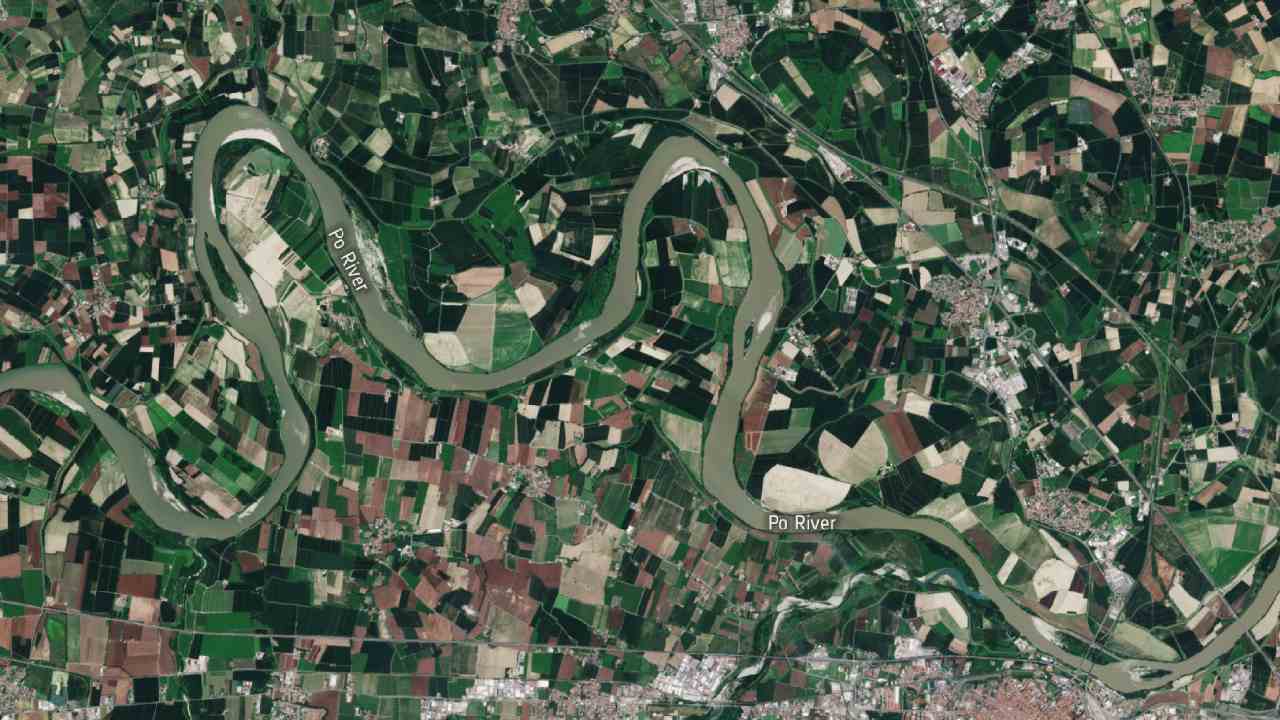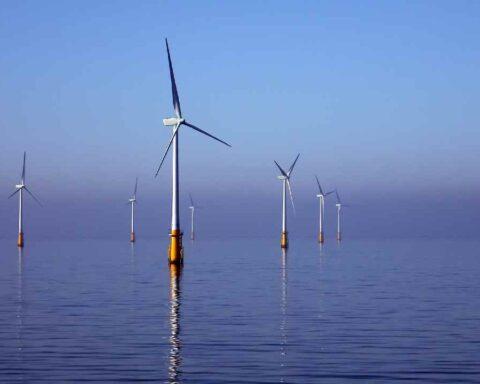According to a recent report by the European Commission’s Global Drought Observatory, since the beginning of 2022, Europe has experienced a long period of unusually high temperatures and severe lack of rainfall, leading to the continent’s worst drought in more than 500 years.
The report’s findings indicate that two-thirds of European countries are currently at some level of drought alert, with 17% of the continent reaching peak ‘alert’ drought conditions and a further 47% under ‘alert’.”
These findings are based on the Observatory’s Composite Drought Indicator (CDI), which takes into account three main indicators of drought: rainfall, soil moisture, and vegetation stress.
Many European rivers have dried up leading to an economic disaster for trade, as shipping lanes add $80 billion to the continent’s annual economy.
#Copernicus allows the monitoring of the effects of the #drought ongoing in Europe
The water shortage 🚱of the Rhine river near #Bonn 🇩🇪 is quite visible when comparing #Sentinel2 🇪🇺🛰️images of August 2021 and August 2022 pic.twitter.com/RZ6YrWB7Jo
— Copernicus EU (@CopernicusEU) August 14, 2022
Some European countries, including Spain, the Netherlands, France and the U.K., have instated water rationing measures like limits on daily water consumption and prohibitions on car washing.
The environment is also bearing the brunt of the drought, as yields and crops have deteriorated, affecting not only farmers’ incomes and livelihoods, but also local food availability and prices. In the supermarkets. The production of salt in France, as well as the extraction and production of olive oil in Spain, among many other imports and exports, have been greatly affected by the wave caused by the drought.
The effects of drought are also seen in plants, which respond to their stress in dry conditions by displaying “false autumn” color changes due to insufficient water supply.
The GDO Drought Hazard Report also predicts hot and dry conditions in the Western Euro-Mediterranean region through November 2022 and global warming before pre-industrial times.
If the analysis holds up, the summer of 2022 would be the driest since the the mega-drought of 1540, which apparently was caused by an 11-month-long rainless spell and a period of temperatures 9 to 13 degrees Fahrenheit (5 to 7 degrees Celsius) warmer than the European averages in the 20th century





























